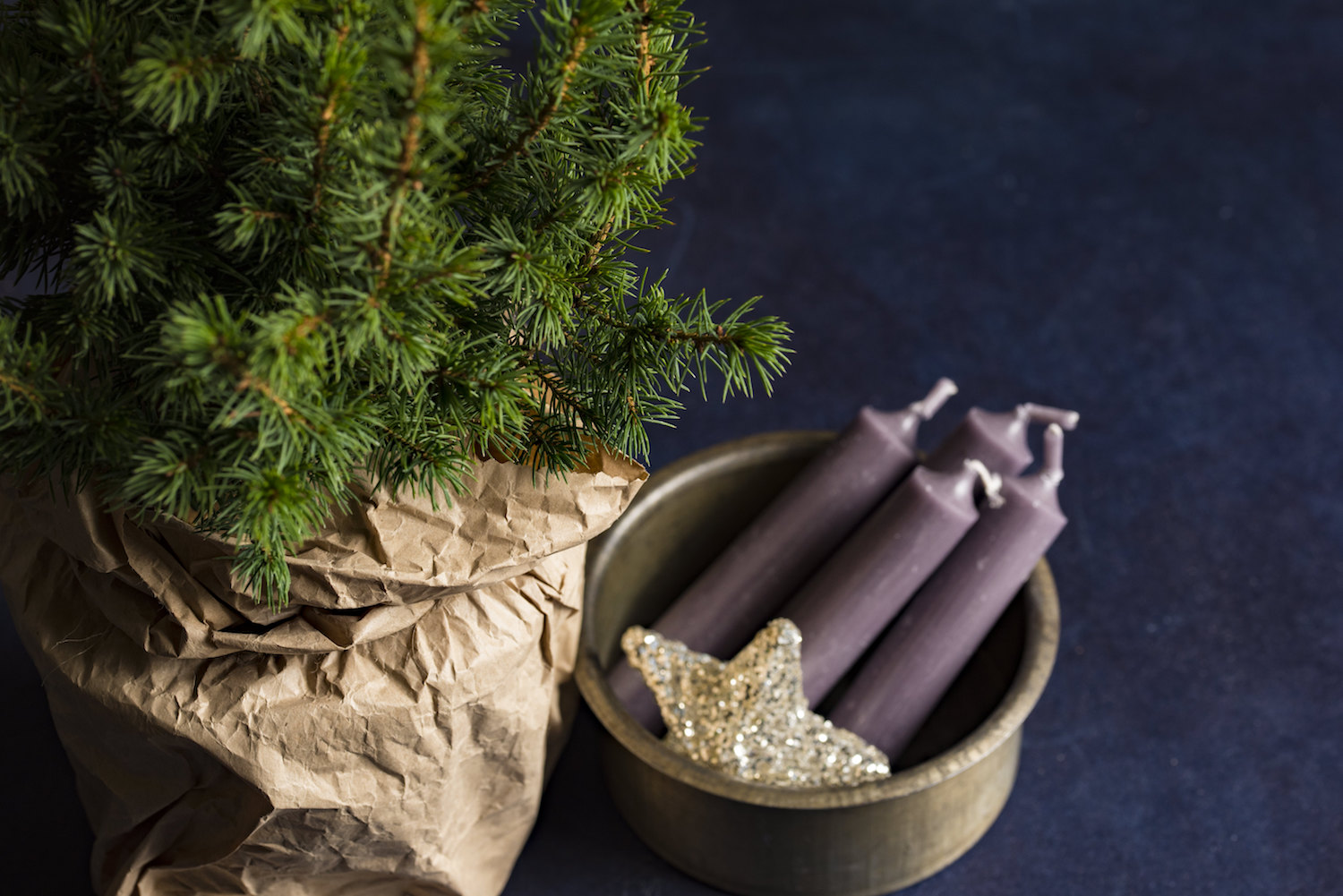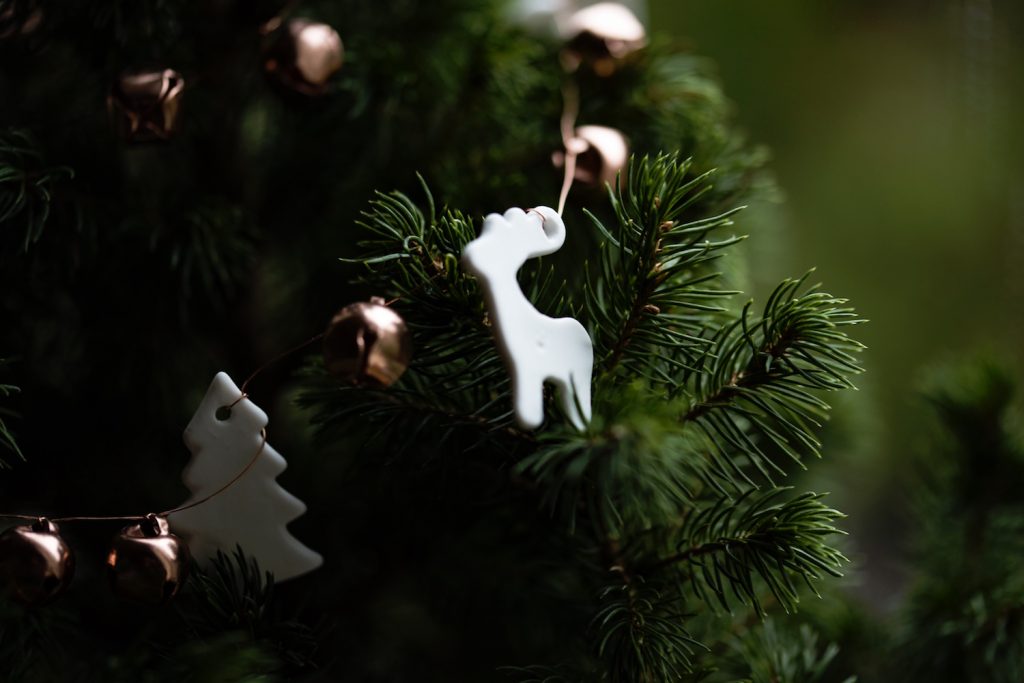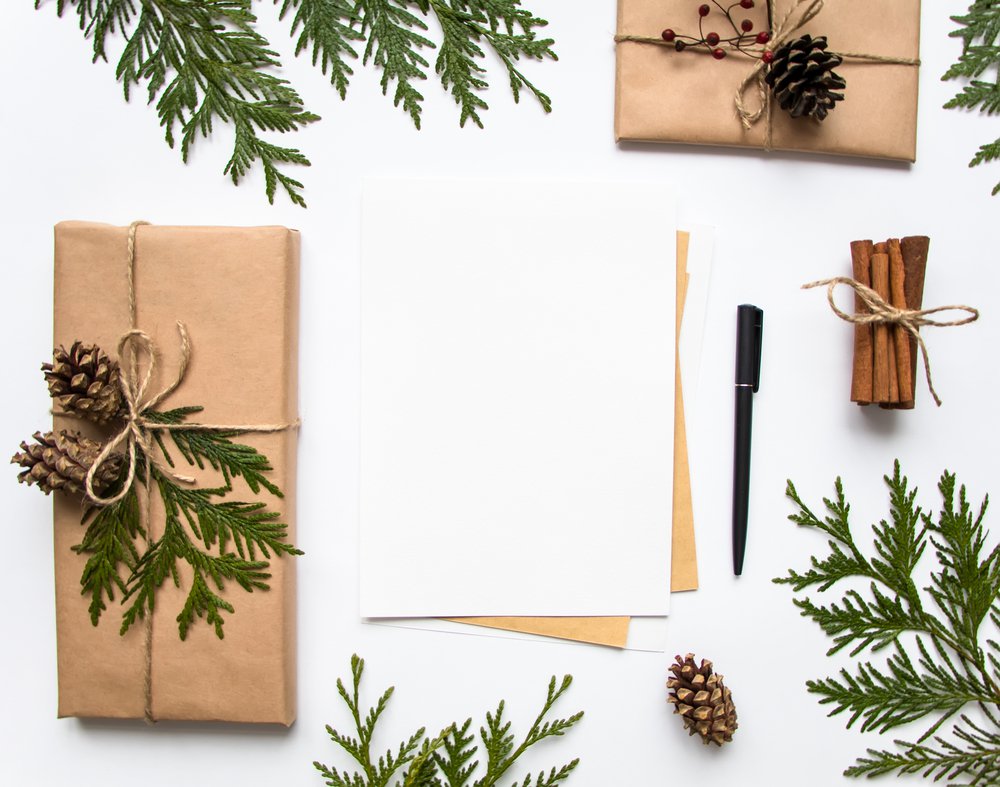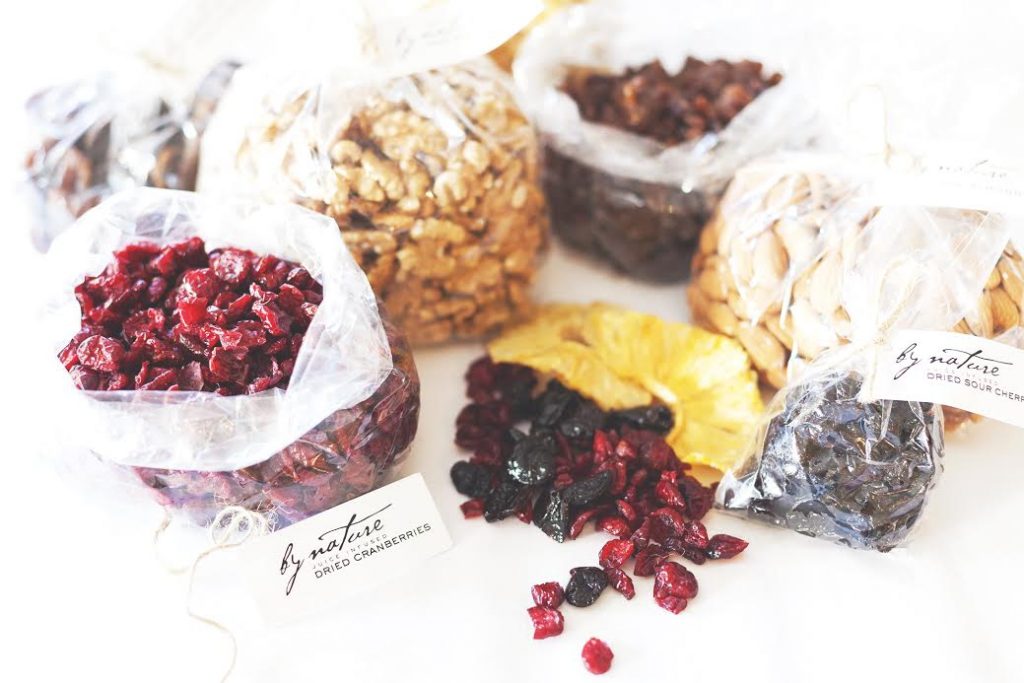
28 Nov How To Make This the Greenest Christmas Yet
According to all the songs, it’s the best time of the year, and depending on where you stand and how old you are, it can be. We’ve spoken before about putting the green into your Christmas, and how to wrap your gifts stylishly and sustainably, but here are six areas where, with a few small changes, you can make a significant change to the impact your Christmas has on the environment. Here’s to making this one your greenest Christmas yet.
ECO DECORATING IDEAS FOR CHRISTMAS
Decorating your home for the holidays is one thing that makes it really feel like Christmas. Although we don’t have all the snow, eggnog and fireplaces that the northerners enjoy, we do have swimming, cold beers and a braai, so I feel like we win. However, in this hemisphere of sunshine and fun, there are a few things we can do to minimise the waste that the season of silly can create.
- Use LED or solar lights instead of power-hungry incandescents, and remember to replace bust bulbs, instead of throwing the whole string away
- The majority of Christmas crackers, especially the little toy inside, end up in landfills. Either forgo the cracker, or opt for DIY ones which you can fill with something edible, or actually useful. Here’s a template online for making your own (and where to buy the snaps)
- Use branches, leaves, fruit and indigenous plants to decorate, instead of buying new things from the shops
- Make cards, tree decorations and home decor with your kids
- Use soy, beeswax or vegetable oil candles over paraffin candles, as they are better for the environment (and soy wax can also be used as a moisturiser or massage oil, so it’s a double win)

WHICH IS THE GREENEST CHRISTMAS TREE?
- Balsam firs, one of the more traditional trees used at Christmas, don’t grow well here in the warm Southern Hemisphere, so find something that suits your aesthetic, which can either be repotted, planted or composted.
- You can buy a Japanese Cedar (cousin of the American Cedar, also used as a Christmas tree) at nurseries which really look the part.
- Artificial trees are generally felt to be bad for the environment – they use non-recycled and non-recyclable materials, and tend to be thrown away within a few years, filling landfills for years to come. However, if you already have a fake tree, use it every year for as long as you can, and care for it so you don’t have to throw it out.
- If you’re getting a Christmas tree for the first time, choose a live tree in a pot, and repot each year to accommodate growth, until it is too big, and then plant it outside.
- If you choose a cut tree, make sure it is composted correctly and used for wood chips or fertiliser.
- You could even try to make your own tree out of pallets, branches in some large bottles, or use a cardboard cutout for an interesting variation.
- Make your own decorations, either alone or with kids. Try clay baubles, pine cone baubles, ribbon ornaments, salt dough ornaments which you can make with the kids and so much more.
- If you do want to buy decorations, choose wooden or glass, that can be reused year after year, rather than cheap plastic stuff that is thrown away after one or two uses.
SOME TIPS FOR ECO-WRAPPING IDEAS
Unwrapping gifts is one of the great joys of the season, but the piles and piles of torn paper afterwards is an eco-nightmare. Follow these tips and tricks to keep your Christmas from becoming wasteful.
14. Wrap gifts in newspaper, if you have it and create fun stamps or use natural elements for green touches.
15. Rather buy reusable flax or fabric bags or reusable boxes which can be used again and again, year after year.
16. Consider a nice tin, decorative tea towel or scarf that can be part of the gift and used again afterwards.
17. Reuse old gift wrap wherever possible, and recycle it properly where it can’t be used.
18. If you must buy wrapping paper, buy paper made from recycled material and recycle or reuse it yourself.
19. Minimise the use of sticky tape, as it can’t be recycled. Fold cleverly, or use ribbon and string to keep parcels wrapped instead.
20. Buy gift tags embedded with seed instead of standard ones, or reuse old gift cards and wrapping paper scraps as tags.
21. You could also try your hand at making reusable fabric gift bags, or even use parts of a sentimental passed down childhood dress or shirt, or folded paper gift bags.
22. Not feeling very crafty? Wrap up a selection of boxes – shoe boxes are ideal, but look around the house for smaller boxes for different things – and reuse them every year. This way, you’ve done the wrapping once and you’re sorted for years to come.

GREEN GIFTING IDEAS
When choosing gifts for your nearest and dearest, you can do better by choosing them gifts that support the environment rather than tearing it down. Buy fewer gifts that are chosen well, over a multitude of cheap items that will end up in the bin.
- Choose gifts that are sustainable or locally made to minimise the carbon footprint.
- Shop online to reduce trips to malls.
- Reduce gifting in total, by introducing a Secret Santa or White Elephant gifting method.
- Consider adding experiences like a massage or concert tickets over things that may end up being thrown away.
- Give plants, herbs, or seeds as they are gifts that keep on giving (along with any care instructions, to make sure they stay alive)
- Minimise spend on battery operated goods – batteries cannot be recycled and end up in landfills most of the time. If things need power, buy rechargeable and solar power sources.
ECO ENTERTAINING CONSIDERATIONS
Getting together around a picnic blanket, braai or table is part of most of our Christmas celebrations. However, lots of the food we buy around this time of year is imported for traditional reasons, which has a huge impact on the environment. We are lucky here in the south, to have loads of fruit and veggies in season, so choose those wherever you can. They will be more delicious and much cheaper to buy.
- When you are making so much food, remember to compost the cut offs.
- Make communal drinks, like sangria or bottles of wine, over individual bottles of beer or soft drinks to reduce impact on the environment.
- Choose locally made and organic drinks, wherever possible and local fruit and veggies.
- Make sure to store your leftovers in reusable containers, and try not to use foil or cling wrap, as neither can be recycled. Spaza covers for covering large platters or carafe tops are ideal and reusable.
- Remember to freeze or eat your leftovers, rather than just throwing them away. You could also take them to a home for the underprivileged.
- Defrost and clean out your freezer in the weeks leading up to Christmas – it will work more efficiently, and you’ll have more space for storing those leftovers.
- Use proper crockery, cutlery and glassware wherever possible, and if you must use disposable, try to use compostable cutlery and bowls.
- When it comes to napkins, even if you take manufacture and washing into consideration, cloth napkins (especially linen napkins) are better for the environment than paper napkins.
EARTH-CONSCIOUS HOLIDAY ACTIVITIES
While the northern hemisphere huddle around the fireplace and take skiing trips, we get to go to the beach and enjoy all of the outdoor activities we like. This has two benefits – it uses far fewer resources to run around outside, rather than keeping light and heaters on at home. So get out there and enjoy the free sunshine!
- Walk or run in the forests, play on the beach and gather outside. Pine forests are wonderful for collecting Christmas scented pinecones.
- Play board-, card- and other games in the evenings, instead of watching TV and using other electronic devices.
- Choose the outdoors instead of expensive malls and restaurants, always. Your leftovers versus more bills will come in handy.
- Use the time it takes to make decorations or bake gifts to also connect with your friends.
- Reduce car travel by carpooling, shopping online and taking your bike or walking wherever possible.
- Try to stay in one place during the holiday season and minimise unnecessary travel, especially air travel. You’ll have a lighter footprint and be less stressed.
What else can you think of to reduce your impact and make your Christmas the greenest yet? We hope you have a wonderful festive season, filled with all the twinkling (LED) lights, (sustainable) gifts and memory-making times with friends and family.
Browse the Christmas Gift Shop here for more inspiration on gifting ideas for the enlightened lady, mindful man, earth conscious kids and much more. And don’t forget to check out all our eco wrapping options.
12 Tiny Christmas Cracker and Stocking Giller Gift Ideas to Inspire Change




No Comments